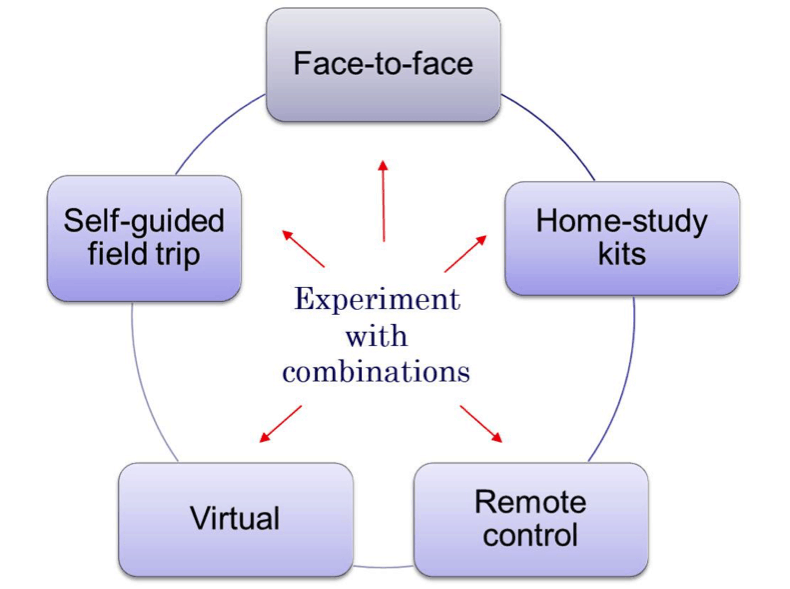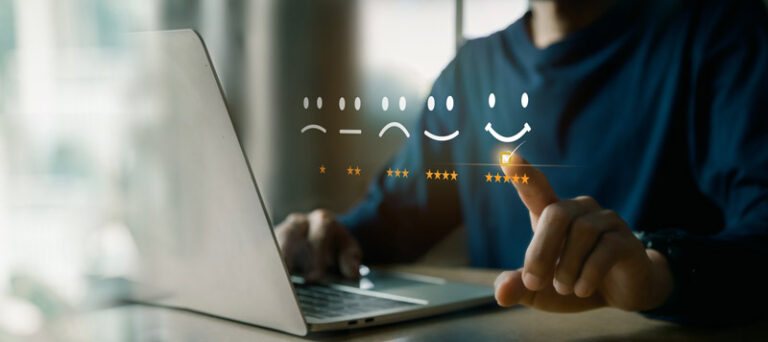Designing effective online labs
A strong laboratory component is at the heart of any science program, but it is also one of the most challenging features to do effectively at a distance. As more science courses in higher education are being redesigned to move online, there is growing interest in successfully handling required practical components such as teaching laboratories and fieldwork.
I am a professor at an open university in Canada that has been delivering science laboratories at a distance for over four decades. Part of the resistance I see to developing or even recognizing science courses online is that many science educators incorrectly assume the accompanying laboratory component must also necessarily be online, so it is essentially not hands-on or real and therefore useless. Nothing could be further from the truth. There are numerous laboratory modes that can be effectively employed (including online) to provide a quality laboratory experience for the learner.
At my university, we provide a variety of delivery modes such as face-to-face, home-study kits, virtual simulations, mobile devices for fieldwork/clinic, and remote-controlled laboratories (Figure 1).

In some cases, face-to-face is still the best mode, but we incorporate serious modifications to increase flexibility and access such as providing concentrated sessions (three to four solid days to allow completion in one visit) and/or regional-based sessions hosted at other institutions or schools. The different modes can be used on their own or in combination. In fact, we have been encouraging experimentation with the blending of modes to potentially enhance learning in the laboratory.
Laboratory design
So, where do you start with designing an effective laboratory component for your online course?
- Ask yourself if a laboratory experience is actually needed in the first place. If so, what exactly should the learner be getting out of the laboratory – what are the learning outcomes?
- Make yourself familiar with some of the “alternative’ approaches to teaching laboratories in your area. Particularly seek out methods that provide evidence of success.
- Select or adapt approaches in the context of safety and learning outcomes, as well as logistical considerations like available resources and infrastructure.
Always remember the bigger picture – this is more about accessible elements provided to the learner than it is about just being online.
Have questions about developing rigorous and safe online lab experiments? Looking to create instructional materials in the field or in a studio? Want to find Open Educational Resources for your students? UAF CTL can help with this and more! Contact us today.
A look to the future
Major trends such as new technologies, access to ubiquitous information, and a move to open learning will continue to greatly influence online courses. Pay particular attention to emerging areas like open educational resources, learning analytics, citizen science, and connection to dispersed knowledge networks, which will no doubt shape future innovations in laboratory design for online science courses.
Dietmar Kennepohl
Dietmar Kennepohl, FCIC, is a professor of chemistry at Athabasca University and an expert in teaching science online.


UAS has developed some online science lab classes for their rural and distance ed students- they use the platform of Second Life and all the coding is contained within the platform. Its pretty neat, it might give some great ideas 🙂